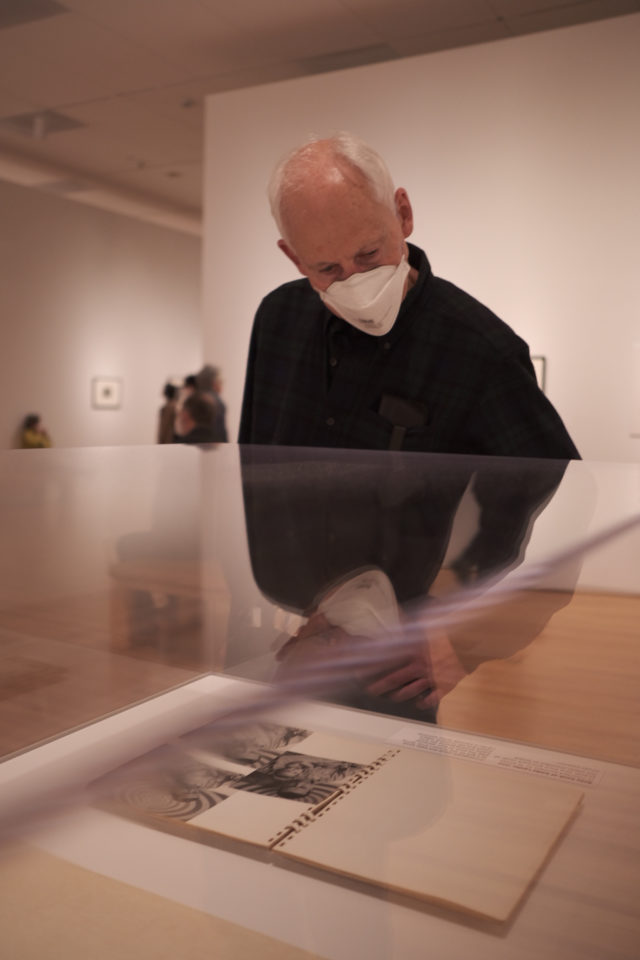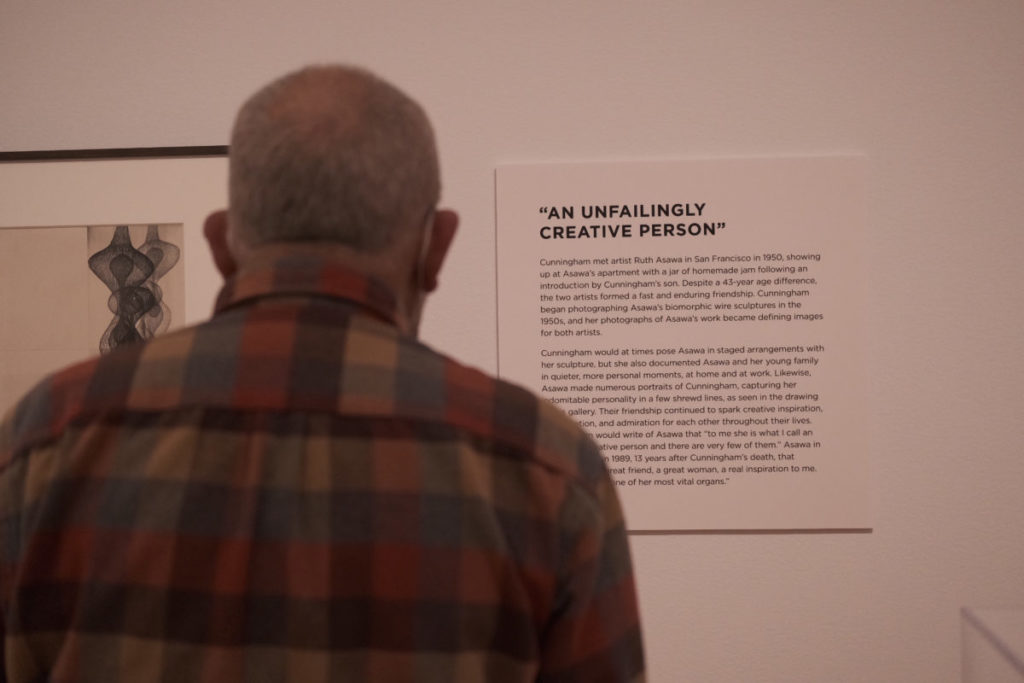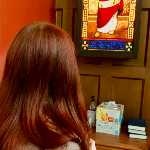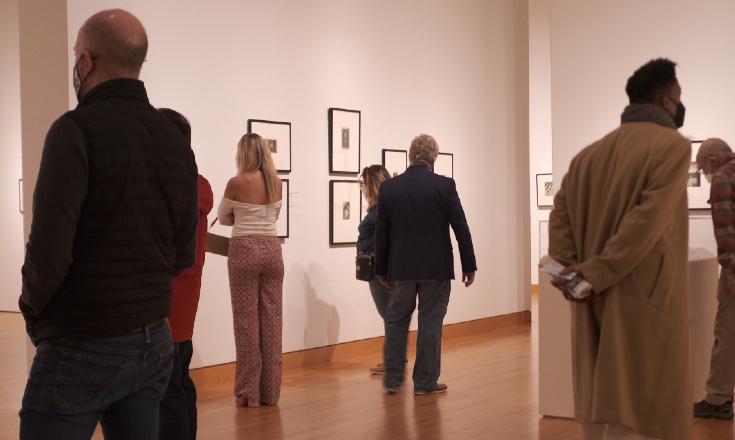There’s so much trust that we put in strangers. Driving, eating, shopping — these all require a roll of the dice, a little faith in the stranger next to you. But what about the carousel of foreign bodies rotating around the perimeter of a room, focused only on the boundaries of a frame?
Vulnerability stares back. It’s the biggest word we can use to describe the photography of Imogen Cunningham. She photographed the soft parade — flowers, nudes — but best of all were her masterful, intimate portraits.
When Vanity Fair asked Cunningham to photograph Hollywood, she said she wanted to capture ugly men. When asked if she thought actor Cary Grant, one of the men photographed, to be ugly, she answered, “He convinced me that he wasn’t.”
Malleable. That is the nature of her work.

We show our hand in all we do, there are no secrets. Every choice you make down to how you hold your body reveals who you are. I sit watching the carousel, the distance people observe, their clothes — we are exhibits in and of ourselves.
When we enter a museum exhibit, is that not what we confess to being? Perfectly malleable. We admit that we are open to other experiences. That’s one idea of us.
Some of us are here killing time. Some are here because we think we should be. Some of us are here, but we aren’t actually. Some of us just wanna see that damn magnolia.

Addressing that very magnolia photo, Cunningham said, “If I were to ever sell a print, it would be of that magnolia…” It was something she captured in her decade of garden photography — three kids and homebound.
She adapts, she captures her life, because she has to. This is a compulsion, a way of life.

Local photographer Sean Streiff, comments that he appreciates how the exhibit doesn’t emphasize her being a woman, it’s just about her life, her art. We see what we want.
He is the only person I spoke to because he spoke to me first. I sat in the center of the room, the carousel, and waited for the nerve that never came. Like Cunningham’s street photography, I am subtle and eavesdropping. I refuse the risk of vulnerability, despite being able to observe the power of such.
Cunningham was also a savvy businesswoman — she built her career on the admission of the soft.
By nature of ourselves, we see what we want. All our little stories are built up, manicured. My perception is a photograph, only telling what I have chosen to leave in frame.
We pass by in our own worlds, expectant of yesterday. What always has will always be. Until disruption and disturbance find us for pause, for reflection.
An exhibit is just that — a pause for reflection. A photograph is a tool of disruption — go set the flash off in a stranger’s eyes, just as an experiment. You’ll see them outside of themselves.
Attitudes of “why me?” and “fuck you,” or they’ll smile and pose, or nothing. I don’t know — I cannot incorporate the potential breadth of humanity, I can only confess my own disruptions and make room for a juxtaposition with yours.
Life is not static. Is the modern man the same as the man of a hundred years ago? I was discussing the fear of confrontation with Streiff, of being the distance, who commented, “It’s about how much risk you’re willing to take.” What cost could be too big to be the vector by which fellow man confronts themself?
That’s why I stand in this carousel with all of you. I want to know how the others see.
Author

Victoria Winter is trying to prove that nothing human is alien to us. On paper, she is a second year student at Seattle Central College, potentially majoring in anthropology and philosophy. In reality, she is fascinated by using the mediums of photojournalism and writing to explore subcultures - the fringes, the limelight, and everything in between. She is in love with humans. Her only firm beliefs are that everything should be explored and most things are easier at night.















Be First to Comment